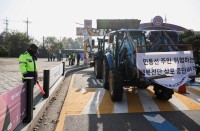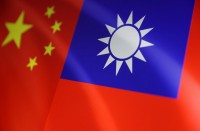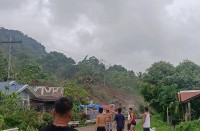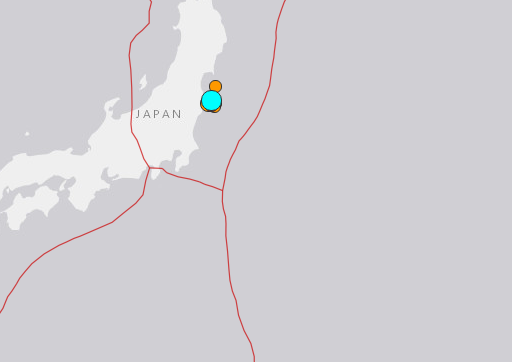
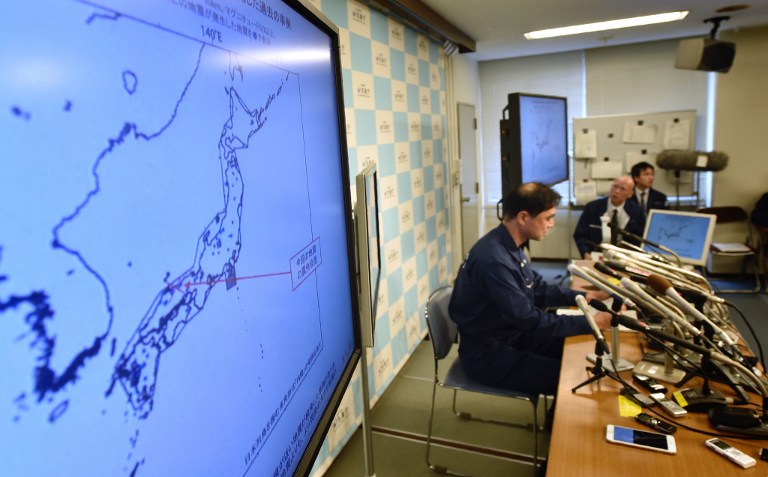
A strong 6.2 magnitude earthquake hit western Japan on October 21, severely shaking the region and reportedly causing several injuries, damaging power lines and collapsing a house. / AFP PHOTO / KAZUHIRO NOGI
TOKYO, Japan (AFP) — A powerful 6.9-magnitude earthquake hit northeastern Japan on Tuesday, triggering warnings of tsunami waves as high as three metres (10 feet) on the coast near the stricken Fukushima nuclear power plant.
Public broadcaster NHK urged residents along the northeast coast to “flee immediately” to high ground, reminding listeners to heed the lessons of the “Great East Japan Earthquake”.
A massive undersea quake that hit in March 2011 sent a tsunami barrelling into the coast, leaving more than 18,500 people dead or missing, and sending three reactors into meltdown at the Fukushima Daiichi power plant in one of the world’s worst nuclear disasters.
Fukushima plant operator TEPCO said that a water cooling system at a reactor in the separate Fukushima Daini facility had stopped but that it was back up and operating.
The operator said that the temporary stoppage was an automatic response.
The vast majority of deaths in the 2011 disaster resulted from the tsunami.
So far, several tsunami waves, the biggest measuring 1.4 metres (4.6 feet) have hit the northeastern coast, according to NHK, following warnings by Japan’s Meteorological Agency.
The United States Geological Survey said the 6.9 magnitude quake, at a shallow depth of 11.3 kilometres (seven miles), struck shortly before 6:00 am (2100 GMT on Monday) in the Pacific Ocean off Fukushima.
The Meteorological Agency had earlier estimated the quake’s magnitude at 7.3 but upgraded it to 7.4.
There were no immediate reports of damage or injuries from the quake, which also shook buildings in Tokyo.
Speaking during a visit to Argentina, Prime Minister Shinzo Abe directed the central government to work with authorities in the affected areas.
He said he ordered his cabinet ministers to “assess damage and do their utmost to cope with the disaster.”
Chief Cabinet Secretary Yoshihide Suga told a press conference in Tokyo that no significant harm had been detected at the nuclear plants in the region.
“There has been no major damage to the Fukushima Daiichi or Onagawa plant (in Miyagi prefecture,” he said.
Kyodo News agency reported that a fire broke out at a petroleum complex in the town of Iwaki, but that it had been put out.
“It was a fairly strong earthquake, but we have not received any reports of injuries,” said Nobuyuki Midorikawa, an official in Iwaki city, south of the Fukushima Daiichi plant.
In April, two strong earthquakes hit southern Japan’s Kumamoto prefecture followed by more than 1,700 aftershocks, leaving at least 50 dead and causing widespread damage.
Japan sits at the junction of four tectonic plates and experiences a number of relatively violent quakes every year.
© 1994-2016 Agence France-Presse

